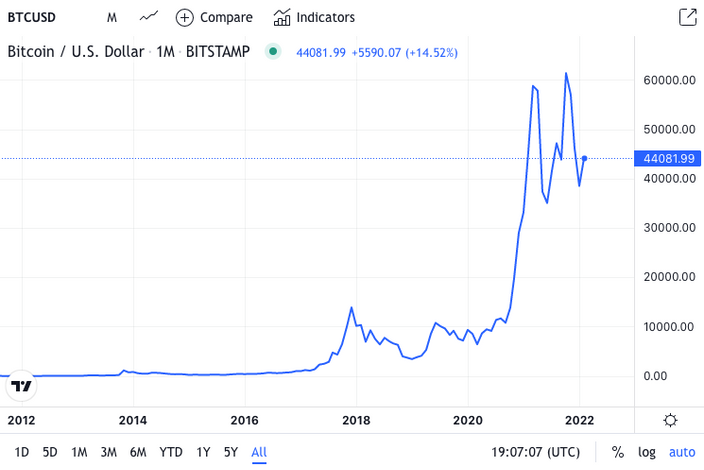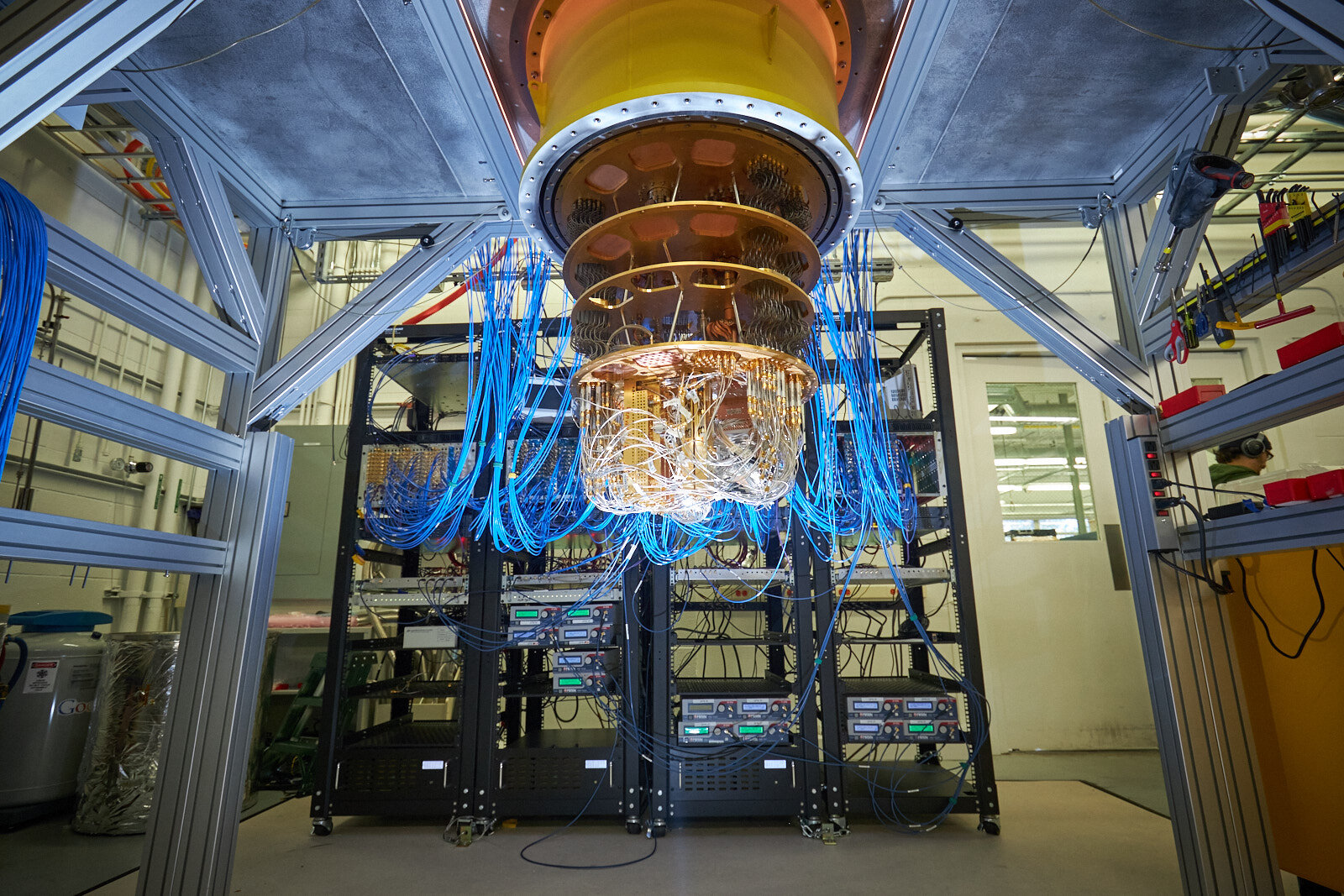The term Internet of Things, or IoT, refers to the network of physical devices around the world now connected to the internet, allowing for communication and data sharing between devices and other devices or the cloud. It is a term that often gets thrown around as “the future of technology,” but it’s not often clear how having an Alexa in your living room play your music for you is changing the world. While applications like these may seem less influential, the technology has already grown rapidly from something niche into something generally useful, so the future is likely to hold very meaningful applications for the technology.
changing the world. While applications like these may seem less influential, the technology has already grown rapidly from something niche into something generally useful, so the future is likely to hold very meaningful applications for the technology.
History
To start with, let’s go through a brief history of the IoT. Starting in the 1990s, the idea of adding sensors and intelligence to basic objects began to grow in popularity, however, technology wasn’t ready to allow for this. Chips were still too bulky and expensive, and communication between devices was difficult. Advances such as the adoption of RFID tags, which are low-powered, wirelessly communicating chips, increased availability of broadband internet, cellular, and wireless networking, the adoption of IPv6, and improvements to AI and machine learning have helped push the IoT to a feasible, useful point. One of the first applications for it was adding RFID tags to expensive equipment to track their location. Now, the network has reached over 7 billion things and is rapidly expanding, being expected to reach 10 billion by 2025.
Applications
Even with all of this said, it still may not be clear how exactly having a connected network is beneficial. One of the most popular examples of IoT devices is the idea of a smart home. From voice assistants to smart lights and appliances to security systems, people are beginning to be able to control their entire homes from apps on their phones and computers. They can automate tedious tasks, keep track of statistics on energy usage, and manage their homes easily. Other applications such as cloud computing, including the Google office suite, and smart, connected cars are more examples of consumer-level IoT.
The topic becomes more interesting when looking at it from an industrial perspective. IoT can be used in industries such as manufacturing to reduce downtime and increase working safety. Nearly every industry can benefit from the numerous statistics and insights that the devices can provide to help businesses run optimally and efficiently. Amazon is using IoT devices for the automation of tracking, locating, sorting, and moving products.
The possibilities for the Internet of Things are endless, and I have no doubt that we cannot even begin to imagine where it may take society in the future. It is at a point now where it is becoming immensely useful for nearly every consumer and industry. I cannot wait to see the role they take on in our future lives.



 Quantum computers are entirely different. They use what’s known as quantum bits, or qubits, rather than bits. Qubits do not operate under the same binary laws of bits, but rather use the laws of quantum mechanics, principally superposition. Superposition is the idea that the qubit does not hold just one state, but a combination of all possible states with probabilities assigned for each. This is like the idea of Schrodinger’s cat, which we have no way of knowing if it is dead or alive, so we say it is both at the same time. These qubits can then be entangled which creates a single system where the qubits influence each other, allowing us to use measurements of one to make conclusions about the other. The more entangled qubits there are, the more complex of problems that can be solved. Quantum interference is a property of qubits that can influence the probability of it collapsing one way or another, so computers are built to minimize this interference. In the end, a classical computer can be used to send instructions to the quantum computer and do calculations.
Quantum computers are entirely different. They use what’s known as quantum bits, or qubits, rather than bits. Qubits do not operate under the same binary laws of bits, but rather use the laws of quantum mechanics, principally superposition. Superposition is the idea that the qubit does not hold just one state, but a combination of all possible states with probabilities assigned for each. This is like the idea of Schrodinger’s cat, which we have no way of knowing if it is dead or alive, so we say it is both at the same time. These qubits can then be entangled which creates a single system where the qubits influence each other, allowing us to use measurements of one to make conclusions about the other. The more entangled qubits there are, the more complex of problems that can be solved. Quantum interference is a property of qubits that can influence the probability of it collapsing one way or another, so computers are built to minimize this interference. In the end, a classical computer can be used to send instructions to the quantum computer and do calculations.





